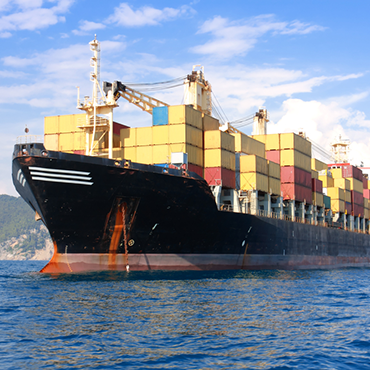House panel probes gaps in maritime data sharing

The Coast Guard's efforts to connect multiple streams of data on potential maritime threats to be shared across federal, state and local law enforcement remains a work in progress.

The Coast Guard's efforts to connect multiple streams of data on potential maritime threats to be shared across federal, state and local law enforcement remains a work in progress, according to Government Accountability Office findings reviewed at a July 31 hearing of a House subcommittee.
Dating back to 2003, the Coast Guard's Common Operational Picture (COP) is a map-based graphical interface that brings together real-time information on the position of vessel and aircraft traffic with marine data on scheduled ship arrivals, passenger manifests and safety information. According to GAO, the system has been greatly enhanced by the addition of new data streams in the 10 years it has been online, including the ability to map the locations of Coast Guard vessels in real time to facilitate search-and-rescue efforts.
However, the COP system suffers from usability problems arising from the Coast Guard's failure to follow its own IT acquisition guidance, said Stephen Caldwell, director of maritime security and Coast Guard issues at GAO. Difficulty sharing information across classified and unclassified systems -- an impairment that hindered operations in the aftermath of the 2010 Deepwater Horizon oil spill in the Gulf of Mexico -- are among those GAO cited.
In addition, Coast Guard users have said the Enterprise Geographic Information System viewer for COP is clunky, slow to load and prone to crash other applications. Because EGIS combines maps and data from a range of sources, it can put heavy demands on older systems that lack the processing power to handle the graphical load.
The Coast Guard is addressing those issues, Rear Adm. Mark Butt, assistant commandant for capability, told the Transportation and Infrastructure Committee's Coast Guard and Maritime Transportation Subcommittee. The Coast Guard is moving to an open architecture system for COP to make it easier for users in state, municipal, and port facility law enforcement to load and navigate the system. Specifically, the Coast Guard is using the Ozone Widget Framework, an open-source communications protocol that allows Web applications and secure dashboards to run with standard browsers. The change is one piece of a larger move to standardize Coast Guard systems across a cloud-based, common application framework.
Subcommittee Chairman Duncan Hunter (R-Calif.) said he is eager for the Coast Guard to leapfrog to the next generation of distributed sensors, such as a system of unmanned, ocean-going robots -- floating surfboards with sensors that deliver maritime data on traffic, weather and other information from far-flung locations.
But the Coast Guard has been hampered by the lack of a framework for classifying such devices. Coast Guard attorneys said the devices qualify as "floating debris," according to Butt. Officials are working with the National Oceanic and Atmospheric Administration on research and development, but any practical application seems a long way off.
NEXT STORY: Coburn puts hold on OPM nominee






